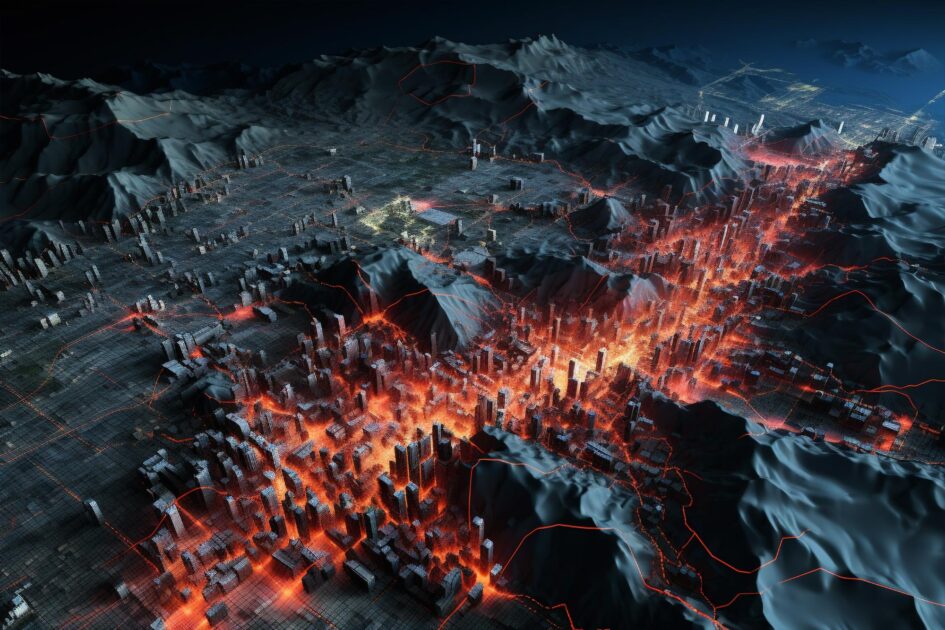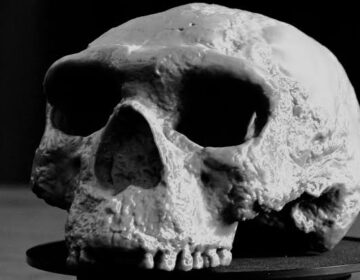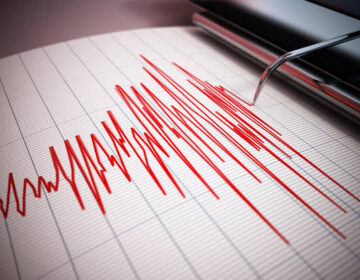Geologic clues reveal a hidden link between two major faults. A Cascadia quake might set the San Andreas in motion soon after.
When the tectonic subduction zone beneath the Pacific Northwest shifts, it does so violently. A magnitude 9+ earthquake in this region would unleash powerful ground shaking, tsunamis, and landslides, each adding to the devastation.
Now, new research suggests that such a massive quake—the “really big one”—could also trigger a significant earthquake in California.
“It’s kind of hard to exaggerate what a M9 earthquake would be like in the Pacific Northwest,” says Dr. Chris Goldfinger, a paleoseismologist at Oregon State University and lead author of the new study. “And so the possibility that a San Andreas earthquake would follow, it’s movie territory.”
The Pacific coast of the United States sits along a complex network of tectonic boundaries.
To the south, the Pacific and North American plates slide past each other, generating periodic earthquakes such as the devastating 1906 San Francisco event. The idea that both fault systems could rupture around the same time introduces a new and far greater level of seismic risk for the western United States.
An Accidental Discovery
The researchers did not originally set out to explore this possibility. Their groundbreaking conclusion arose unexpectedly from a navigational mistake during a 1999 research expedition. The goal of the trip had been to examine the offshore sedimentary record of Cascadia earthquakes by drilling sediment cores and running seismic surveys along the Pacific Northwest margin.
But late one night, a graduate student accidentally entered the wrong latitude, sending the ship much farther south than planned. By morning, the team realized they had left the Cascadia margin and were now 90 kilometers south of Cape Mendocino—squarely within the domain of the San Andreas Fault.
“We wound up off northern California,” says Goldfinger. “When I woke up, I was pretty hot. But, once we were there, I thought, ‘well, let’s take a core here.’”
When the team analyzed the core collected from the submarine Noyo Canyon, located off the California coast near Fort Bragg, they found something unexpected. The sediment, which spanned roughly 3,000 years, contained multiple layers known as turbidites—deposits formed by rapid underwater landslides called turbidity currents.
These deposits typically display a distinct pattern, with coarse grains settling at the base and finer material layering on top. However, in this case, many of the turbidites from both the Noyo Canyon core and the Cascadia samples appeared in pairs, an unusual feature that immediately caught the researchers’ attention.
“There were these big, thick, sandy doublet events where it had a fine-grained element, and on top of it was a very coarse grained sandy unit. And we were just scratching our heads,” says Goldfinger.







